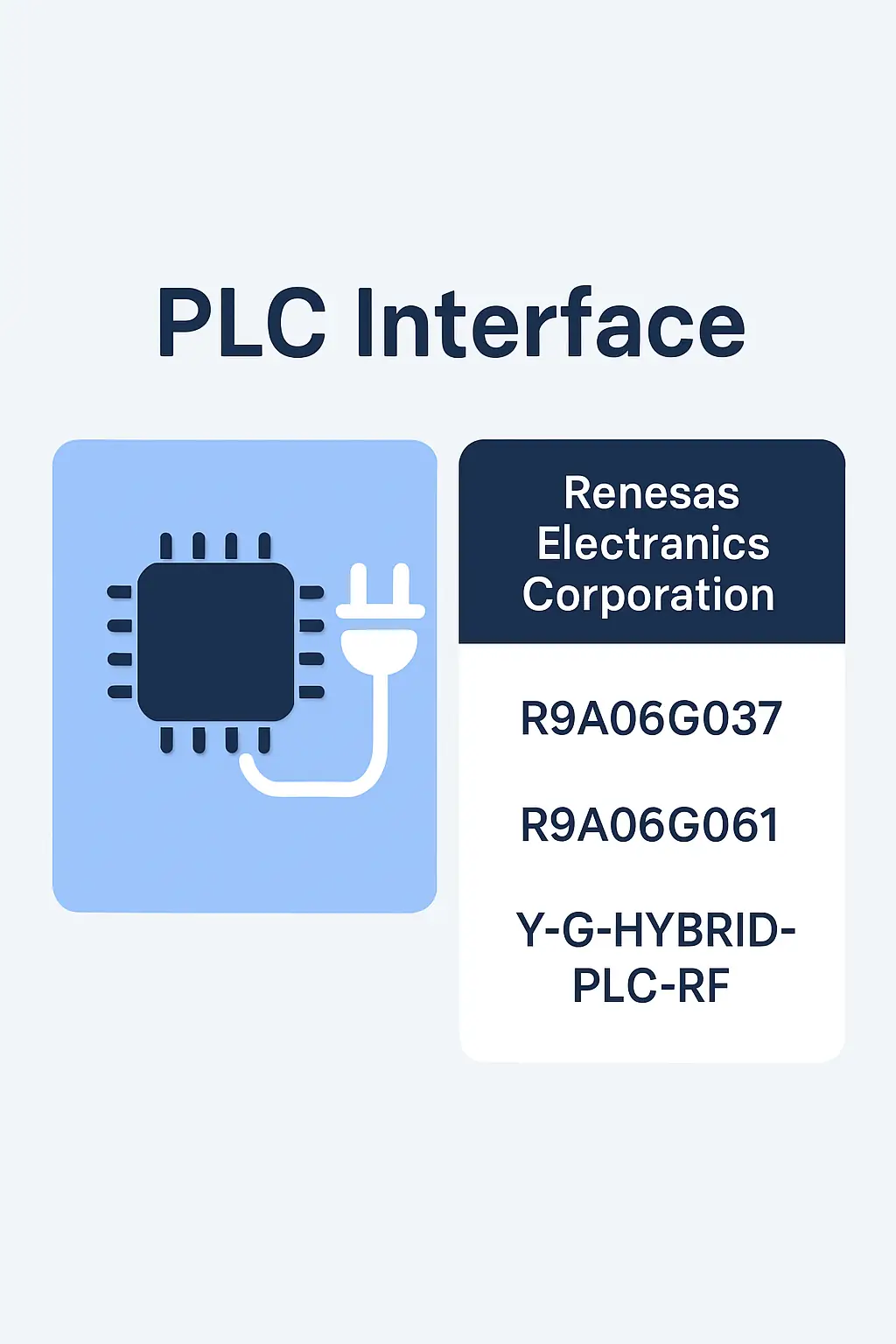PLC Interface
The PLC Interface is a critical component within the Connectivity & Telematics domain of Automotive Electronics, designed to enable communication between vehicle systems and external networks. It serves as a bridge that allows data exchange between the vehicle's control units and external devices or networks, enhancing vehicle connectivity and functionality.
This interface supports various protocols and standards, ensuring seamless integration with different automotive systems and external infrastructure. It plays a vital role in enabling advanced features such as remote diagnostics, software updates, and real-time data transmission, which are essential for modern connected vehicles.
The PLC Interface finds extensive application in both passenger and commercial vehicles, supporting functions like vehicle-to-everything (V2X) communication, fleet management, and smart charging solutions. It enhances the overall performance, safety, and user experience by facilitating efficient and reliable data exchange.
Designed for durability and reliability, the PLC Interface is built to withstand harsh automotive environments, ensuring long-term performance under varying conditions. Its implementation supports the development of intelligent and interconnected vehicle ecosystems, paving the way for future mobility solutions.
Details
PLC Interface

Related Parts
| Series Name | Description | Manufacturer Name | Attribute Description |
|---|---|---|---|
| Renesas Electronics Corporation | 32-bit ARM Cortex-M7 core, 200 MHz, 2 MB Flash, 512 KB RAM, CAN-FD, Ethernet, USB 2.0, 12-bit ADC, TSN support, -40°C to 105°C, 176-pin BGA package. | ||
| Renesas Electronics Corporation | 32-bit ARM Cortex-M33 core, up to 200 MHz, 2 MB Flash, 384 KB RAM, integrated CAN FD, Ethernet, USB, rich analog & communication interfaces, advanced security features. | ||
| Renesas Electronics Corporation | Frequency range: 1.2 GHz to 2.5 GHz; Insertion loss: <1.5 dB; Return loss: >15 dB; Power handling: 30 dBm; Package: 6-pin SMD; Operating temperature: -40°C to +85°C. |








.png?x-oss-process=image/format,webp/resize,h_32)










